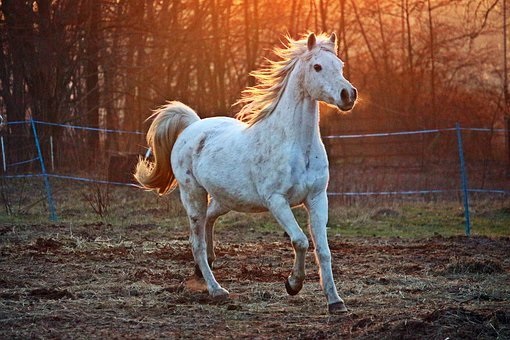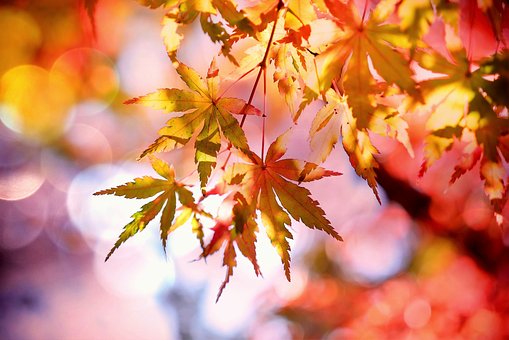When we encounter suffering, we can practice exchanging oneself for others; when we experience happiness, we can also practice exchanging the self for others.
From a mundane standpoint, we are enjoying our happiness when we have good health and material comfort; but from a liberation standpoint, we are wasting our blessings and happiness. In the sutras, the teachings remind us over and over again not to waste our happiness. Hence, when we are successful in our career or feel great joy in life, we must practice exchanging the self for others.
~Depicted from ARE YOU READY FOR HAPPINESS - How to Face Suffering and Happiness-How to Face Happiness











